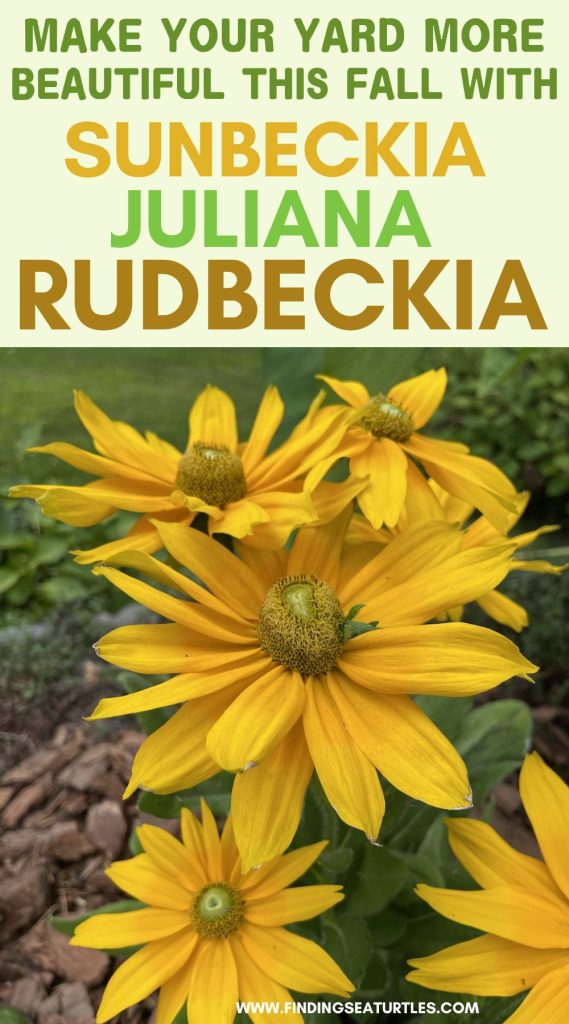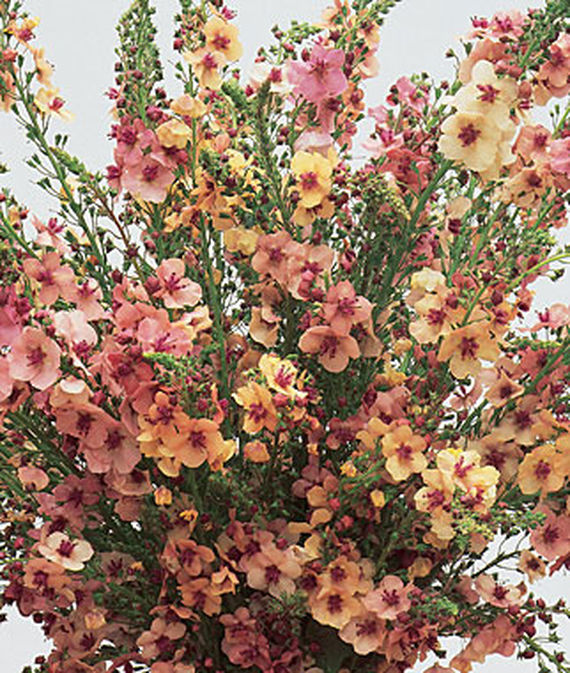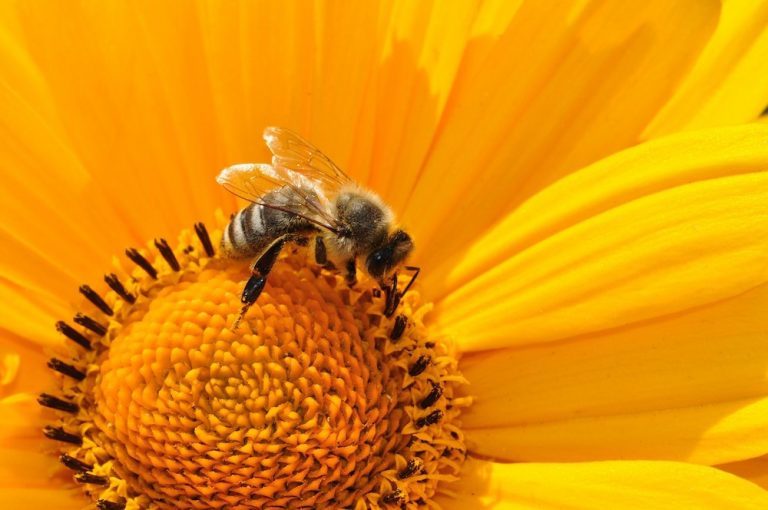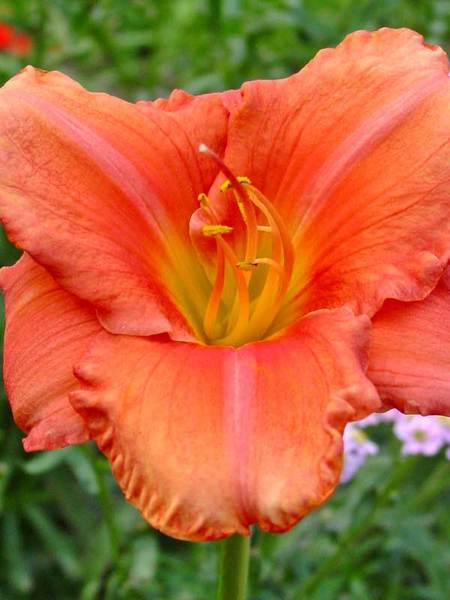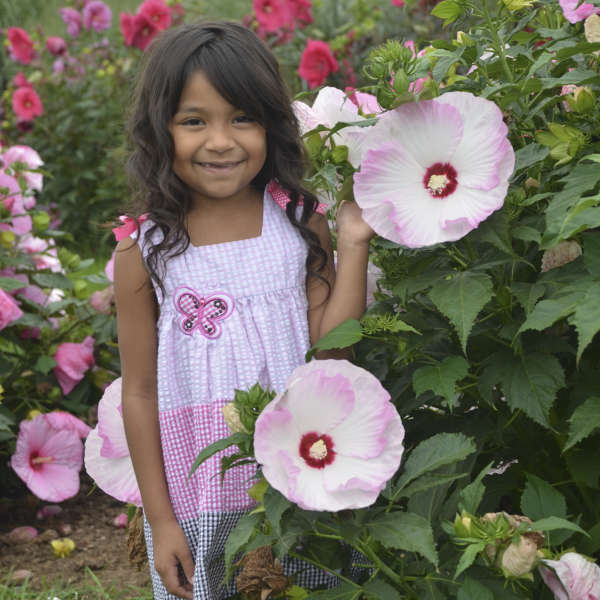How to Grow Sunbeckia Juliana Rudbeckia
Grow Sunbeckia Juliana Rudbeckia. Add a bright yellow to the summer and fall garden with the Juliana Rudbeckia. Attract bees to your garden with this beauty.
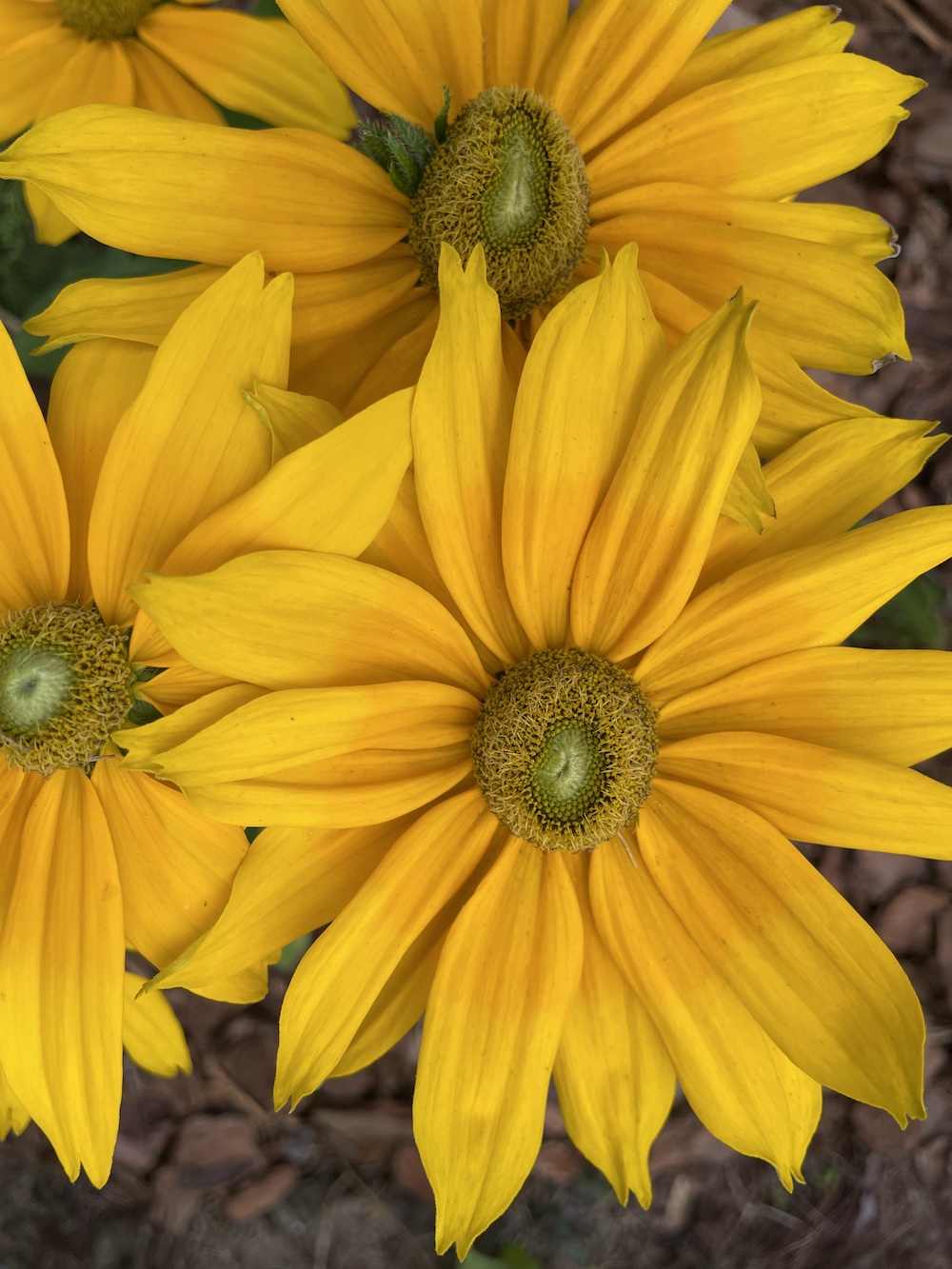
Keep your garden color going into the Fall with the gorgeous Sunbeckia series. Sunbeckia Juliana Rudbeckia is a hybrid and part of the Sunbeckia Series, a collection of 13 plants. This includes Alicia, Carolina, Juliana, Laura, Luna, Maya, Mia, Oliva, Ophelia, Paulina, Sophia, Sophia Yellow, and Victoria. Some have dark centers, such as the Carolina and Victoria plants, while others, like Juliana, have yellow-green centers.
Introduced in North America in 2021, the series was bred in Germany. The talented Hartwig Bull of Bull Breeding developed the Sunbeckia series. Hartwig grew up in the horticulture industry. Mr. Bull developed the stunning Sunbeckia Series with his lovely wife, Ulrike. Hartwig specializes in innovative plants with striking looks, long-lasting blooms, and ease of growing.
Characteristics of Rudbeckia or Black-Eyed Susan
Rudbeckia is sometimes known as Black-eyed Susan. Common names include Gloriosa Daisy, Yellow Ox Eye, Brown Betty, English Bull’s Eye, and Yellow Daisy. Most Rudbeckia plants are hardy perennials in many zones, but the Sunbeckia series is hardy in zones 7 to 10.
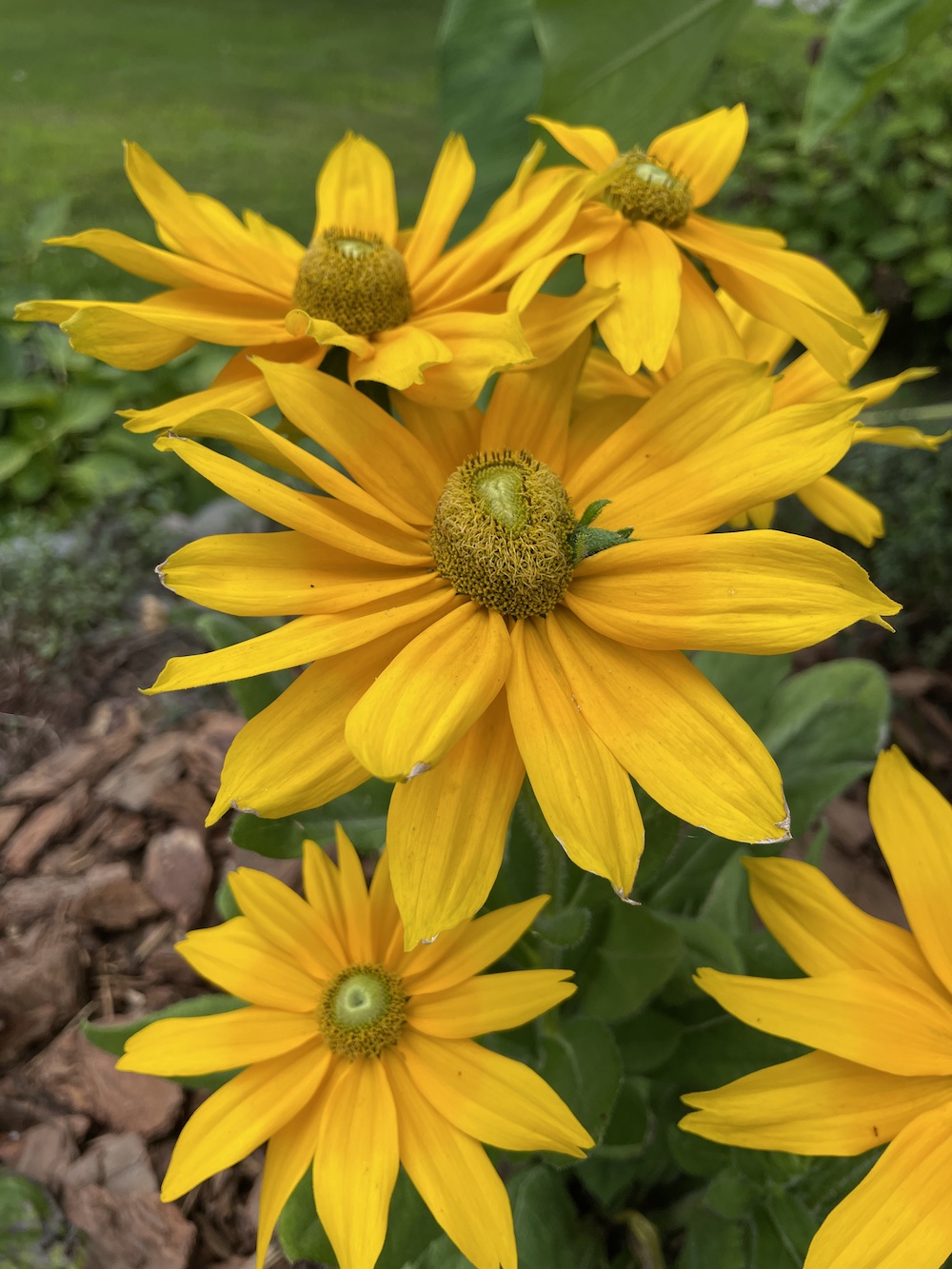
An upright perennial flowering plant, Rudbeckia is a native of North America. Part of the Asteraceae family, the Rudbeckia genus name was a tribute to Olof Rudbeck the elder. Rudbeck was a Swedish medical professor and botanist at Uppsala University in Uppsala, Sweden. Olof Rudbeck founded the Uppsala Botanic Garden at the university. University medical students studied botany and medicinal plants in their medical training.
This variety of rudbeckia has an upright growth habit. Its long-lasting bright, cheery yellow blooms are 5 to 5 ½ inches wide. Juliana is hardy from zone 7 to 10. Bloom time continues into the Fall season. Juliana Rudbeckia has single yellow petals around a yellow-green center eye. The foliage is light green.
A North American native to the eastern and central regions of the United States. Since bloom time extends into the Fall season, it is a perfect companion for a fall display—Group Juliana Rudbeckia with Fall blooming plants and your favorite pumpkins and gourds. Fall is for planting.
How to Grow Sunbeckia Juliana Rudbeckia – About the Rudbeckia
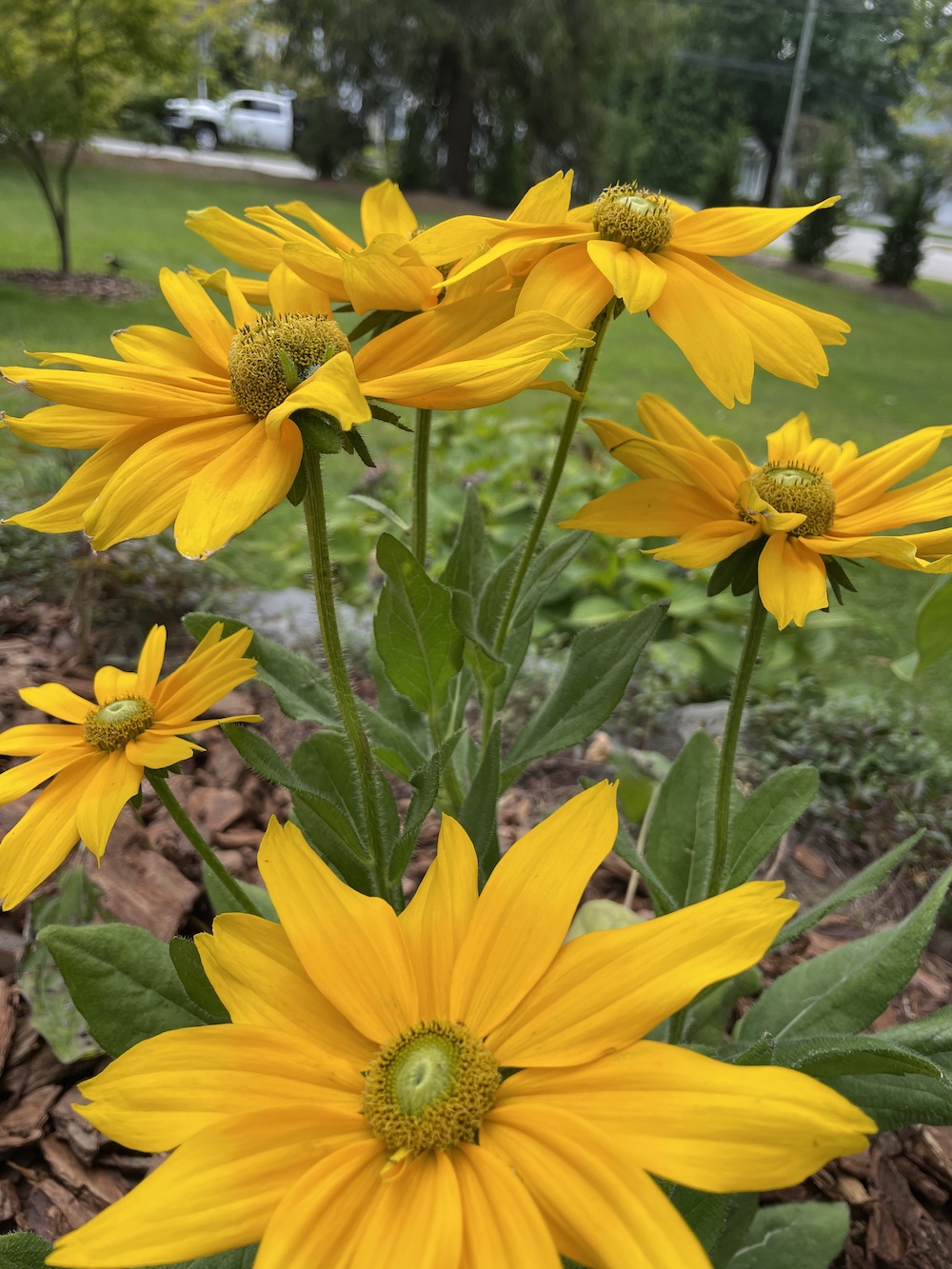
First, the Sunbeckia Juliana Rudbeckia plant features and growing conditions:
- Grows in zones 7 to 10 as a perennial
- Plant as an annual in zones 1 to 6 as an annual
- Full Sun 6+ hours of sun for best results
- Reaches 14 to 16 inches high with a spread of 12 to 14 inches wide
- Allow 12 to 14 inches apart when planting en masse
- Flowers are 5 to 5 ½-inch wide
- Blooms are bright yellow flowers with a single row of petals and green foliage.
- Blooms from Summer and into early Fall
- Attracts bees and butterflies
- Tolerance of well-draining soil conditions
- Water weekly during the first year until the plant has been established
- Use as a border plant, landscape, and a specimen or focal plant
- Native to North America
Garden Site Selection – Grow Sunbeckia Juliana Rudbeckia
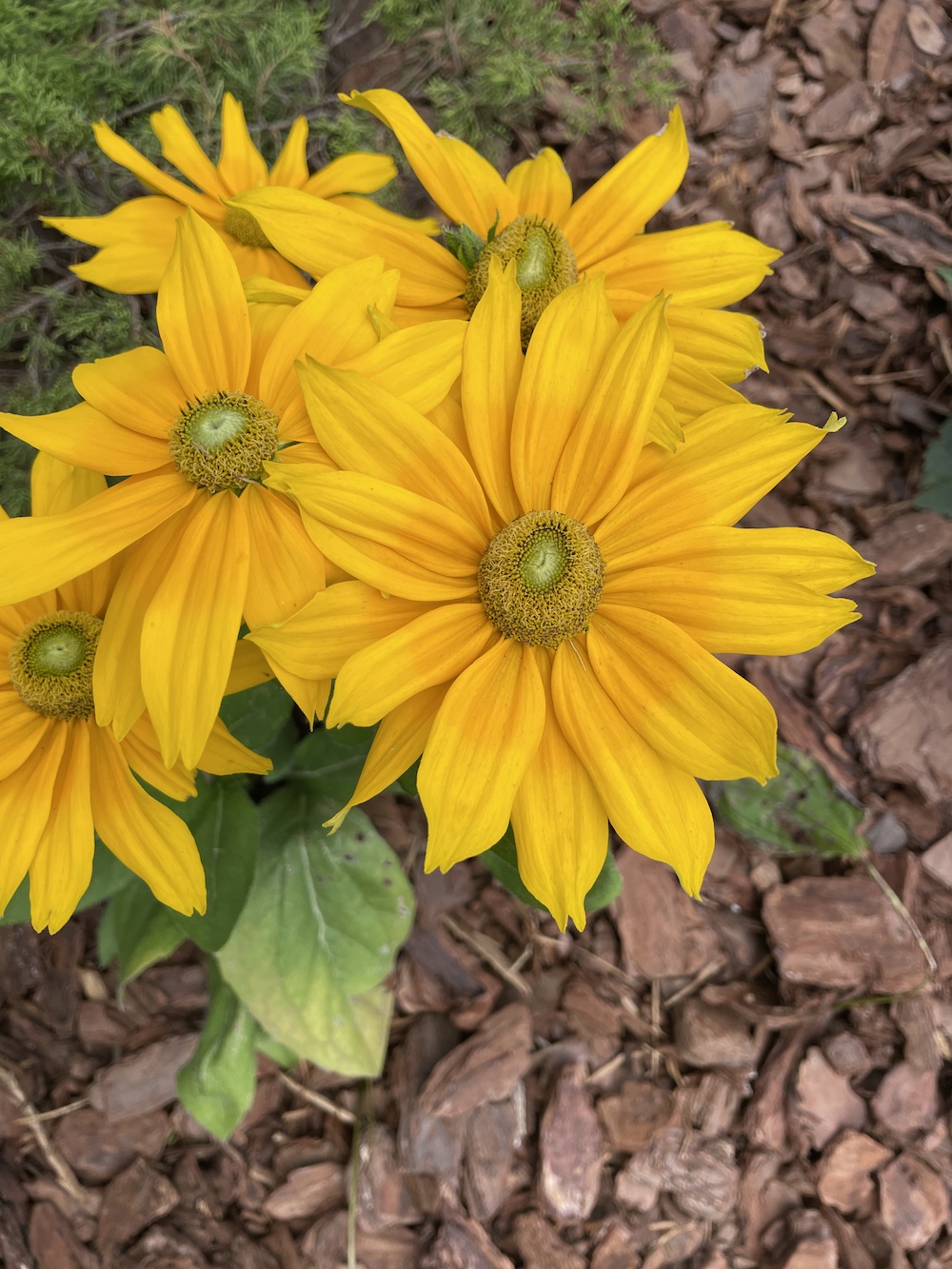
Consider the garden site where you would like to plant the Juliana Rudbeckia. Since Juliana thrives best with six or more hours of sun, plant it in a sunny location. Ensure you have access to a nearby water source for frequent watering in the first year. Whether you grow your Juliana Sunbeckia in the ground or a container, it should be watered regularly.
Rudbeckia plants benefit the landscape by supporting pollinators such as butterflies and bees and attracting birds. They prefer full sun and well-drained soil but can tolerate light shade.
Soil Preparation – Grow Sunbeckia Juliana Rudbeckia
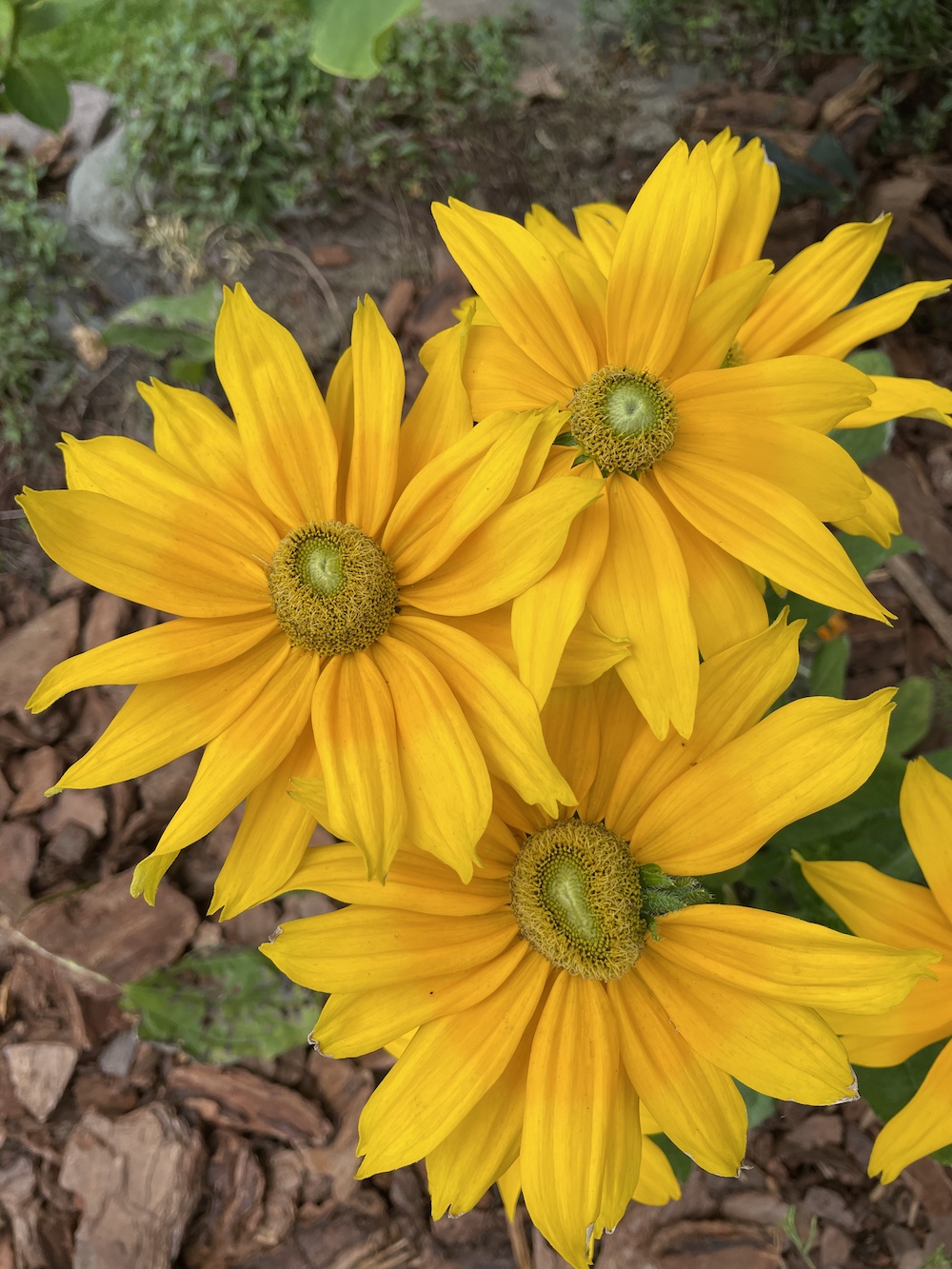
- Prepare the garden bed soil. Loosen and break the soil apart using a trowel or shovel.
- Juliana prefers well-draining soil. To draw excess water away from the root system, we add sphagnum peat moss to the garden bed, and for an additional boost, we add compost to the soil mix.
- Work sphagnum peat moss and compost into the soil.
- Japanese Beetles are attracted to Rudbeckia plants. We sprinkled an organic product called milky spore powder in the soil. You can skip the milky sports step if you don’t have a problem with grubs or Japanese Beetles. Milky Spore prevents grubs laid by the Japanese Beetles from emerging the following year. They are destructive to plant blooms and foliage.
How to Grow Sunbeckia Juliana Rudbeckia
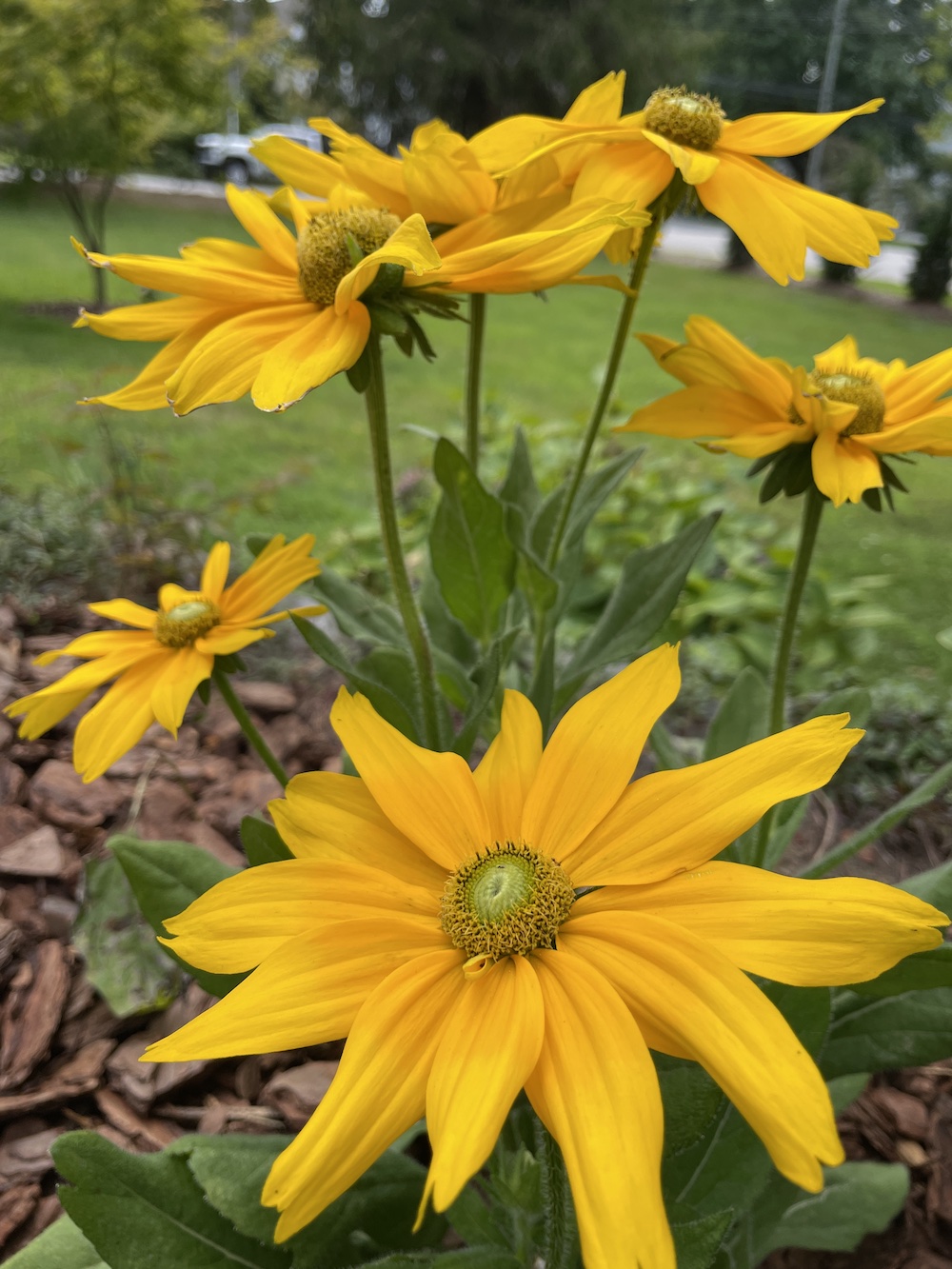
Once you have selected the right sunny spot and have prepared the soil, you are ready to plant the Juliana Rudbeckia.
- Dig a hole in the ground at the same depth as the plant container and twice the width of the plant’s root ball.
- Second, drop the plant with the crown 1 inch above soil level. Cover the root system with the surrounding soil. Pack the soil around the plant roots to eliminate any air pockets.
- Third, a water basin should be built around the plant. The basin allows water to sink to the roots rather than run off. Water once a week for the next year until the plant has settled into the ground.
- Finally, during the warmer months, water regularly and more frequently. This is especially important when temperatures reach the 90s, or there have been several days without rainfall.
When to Plant Sunbeckia Juliana Rudbeckia
Plant Juliana as soon as you arrive home. This allows Juliana time to adapt to the new surroundings. Water the Juliana Rudbeckia daily for several weeks to ensure the plant settles in. Monitor the plant every few days for the first year.
Tips for How to Grow Juliana Rudbeckia
- Water regularly to support regular blooming.
- Mulch the Rudbeckia to retain water during summer and protect it over Winter.
- When planting several Juliana plants together, space them apart so there is plenty of room for growth. It is recommended that you space plants between 12 and 14 inches apart.
- Grow as a specimen plant, as a focal point in a garden, or in containers
- North American native
Companion Plants for Juliana
- Russian Sage
- Lavender Plants
- Chrysanthemums
- Create a fall display with Pumpkins and Gourds
- Display alongside Corn Stalks for a Fall theme
With some planning, Juliana will thrive quickly. You’ll need a sunny garden area, water, and space to grow. Then, sit back, relax, and enjoy the Fall color display. You’ll love these cheery yellow blooms above the plant. And as a bonus, you’ll attract tons of bees and butterflies that hover over the Juliana plant.
This concludes our post on growing Sunbeckia Juliana Rudbeckia plants. Please tell us what you think about this beautiful plant. Do you have a favorite Sunbeckia plant?
If you enjoyed this post . . . .
You Will Enjoy Our Other Gardening-related posts.
Grow Berry Awesome – 2019 Proven Winner National Perennial
Coneflowers to Brighten the Summer Garden
Fall Blooming Plants for Pollinators
Hardy Chrysanthemums
If you have any questions, feel free to contact us. We are always ready to help. Include your hardiness zone and light requirements with any gardening questions. Thank you for dropping by.
Mary
Pin these for Later:

